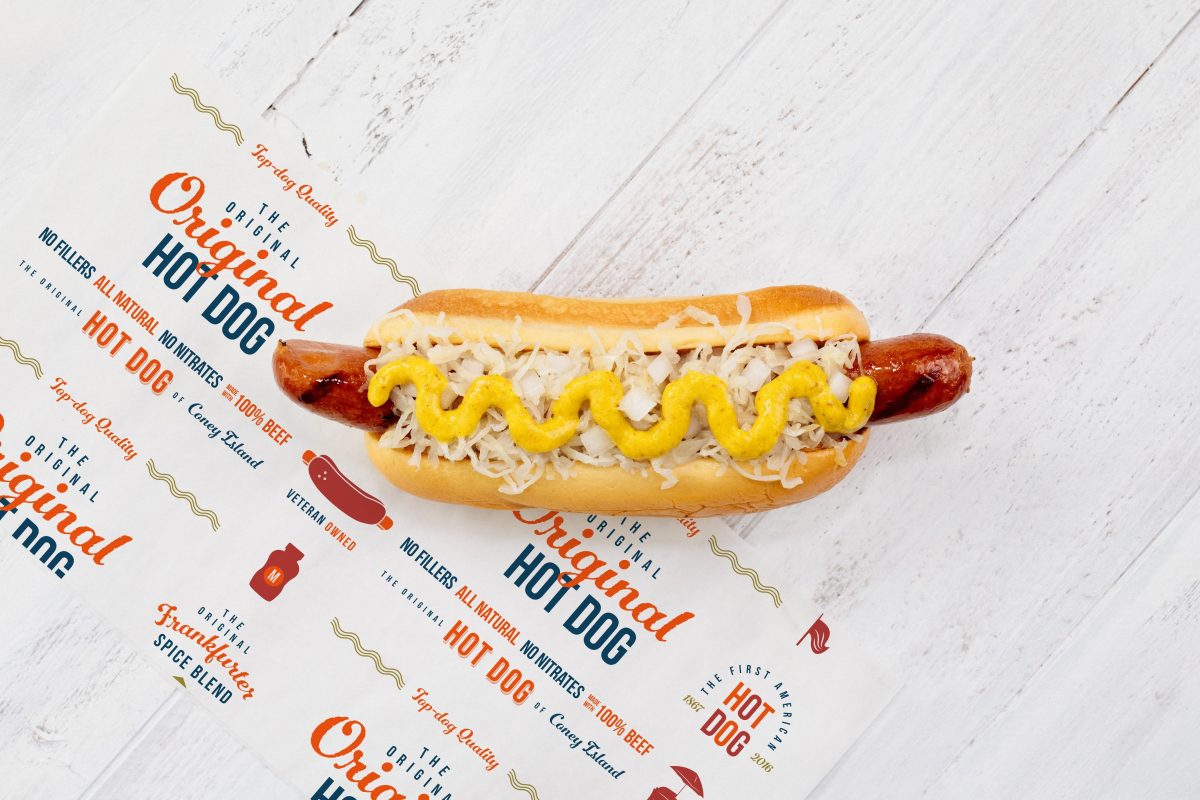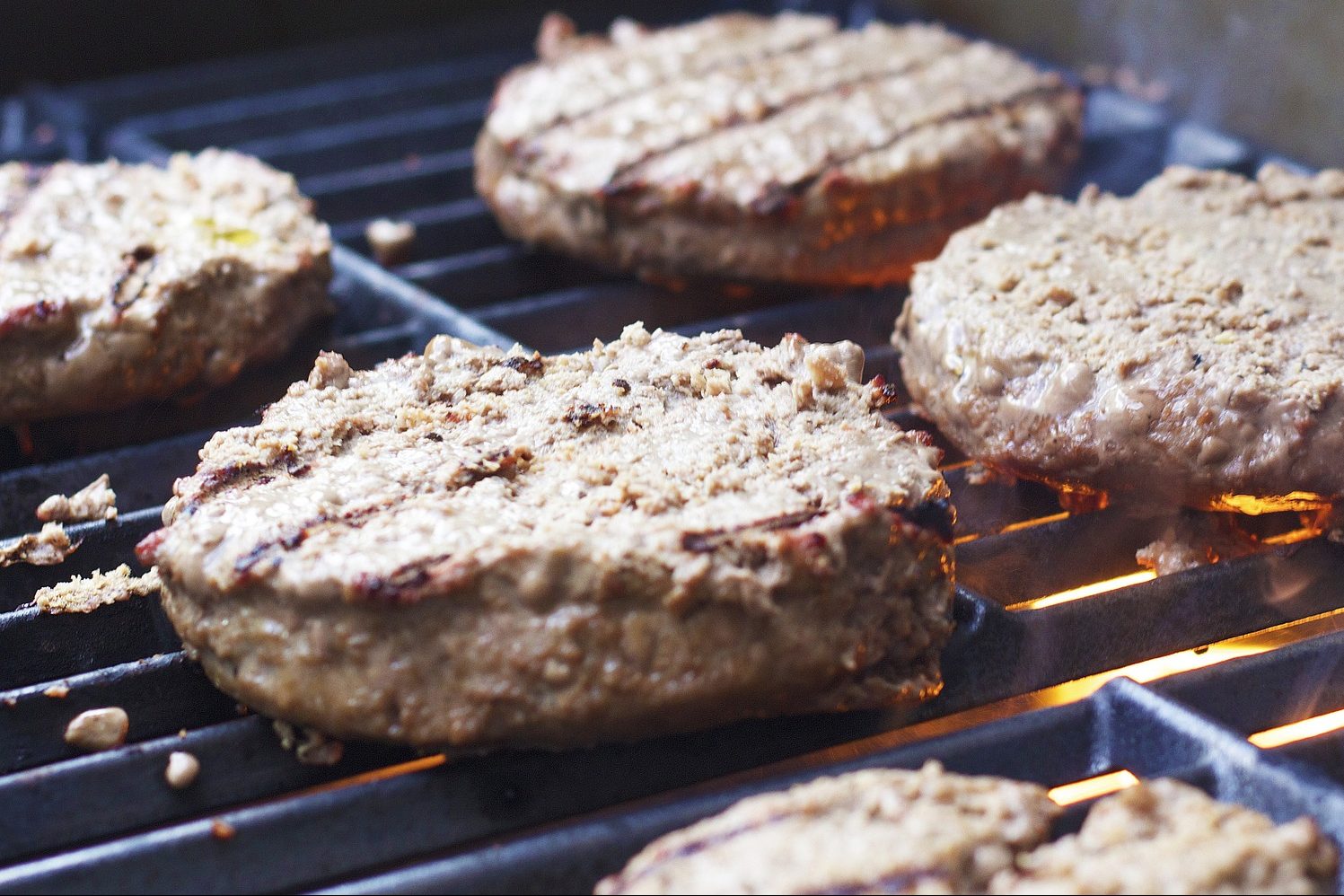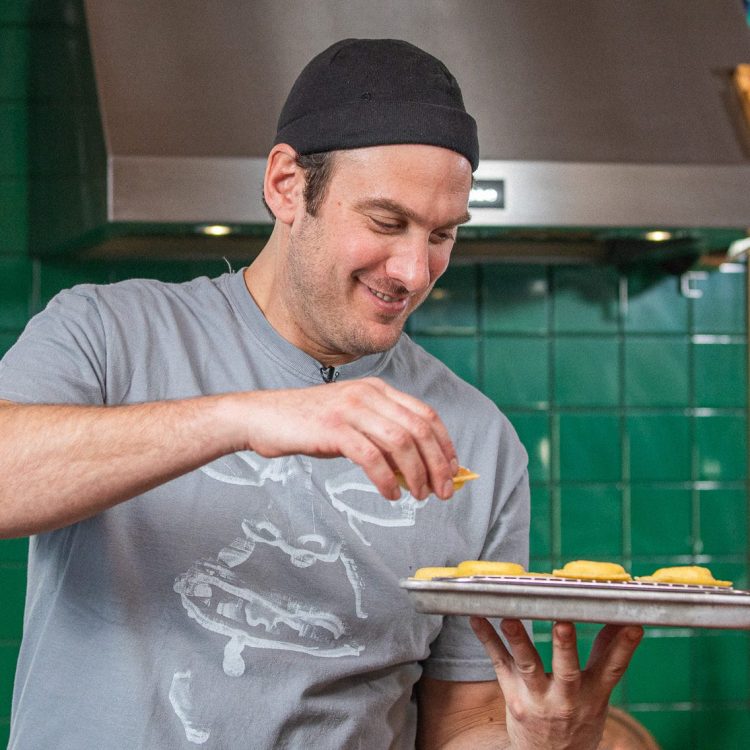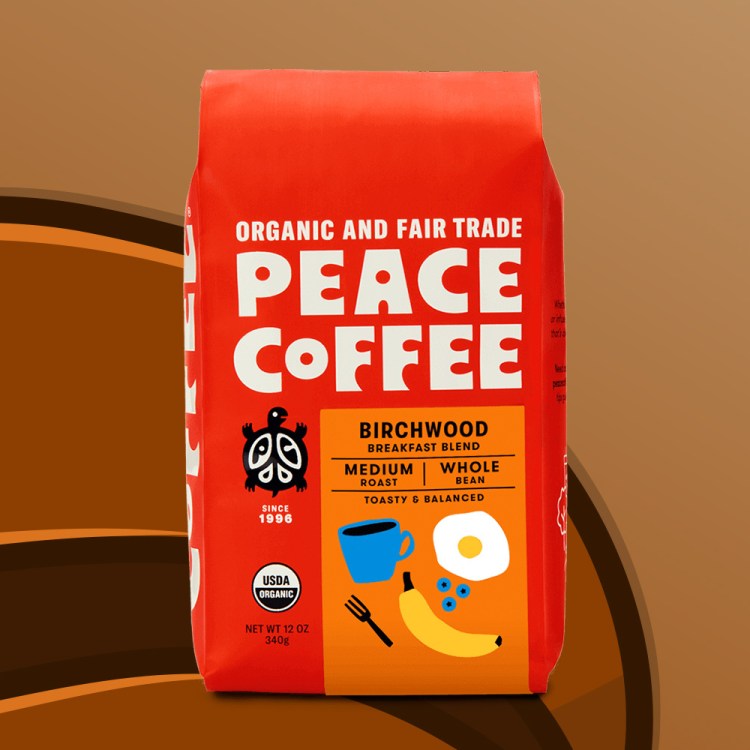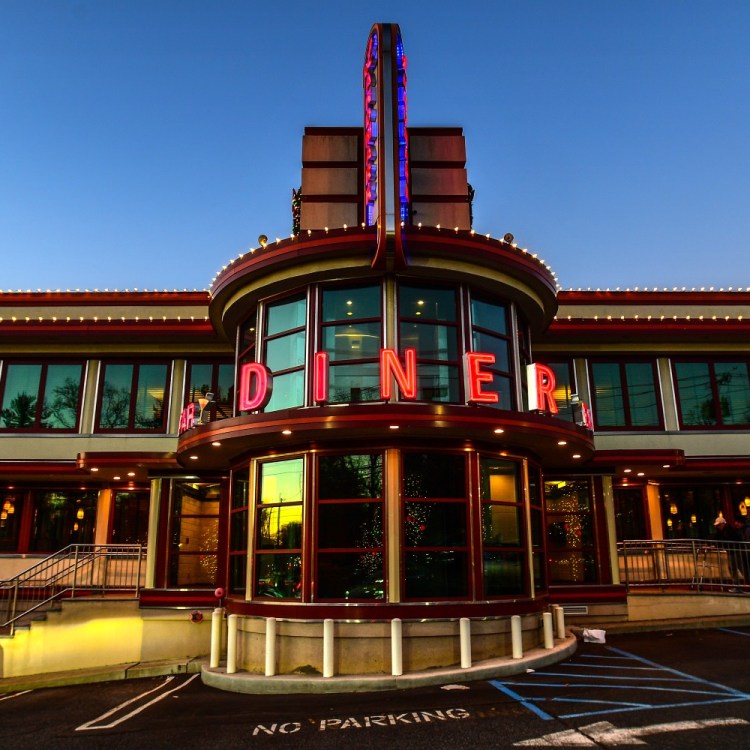Beside the Brooklyn beach in 1916, a Polish immigrant named Nathan Handwerker began selling hot dogs from a building on Surf Avenue for a nickel apiece. He called them Nathan’s Famous Frankfurters, and over the next century, his encased meats became synonymous with Coney Island. But Handwerker wasn’t the first man hawking wieners in the neighborhood — he actually got his start working the grill for another immigrant, Charles Feltman of Frankfurt, Germany.
As legend has it, Feltman brought the hot dog to Coney Island during the summer of 1867 as a way for beachgoers to enjoy sausages sans plates and silverware. First sold from his heated meat-pie cart, Feltman’s “Coney Island Red Hots” became popular and profitable enough for him to eventually open Feltman’s Ocean Pavilion, where seven grills (one of which was sometimes manned by Handwerker) would cook up to 40,000 hot dogs a day. He sold them for a dime each, and the roster of notable guests that crossed his counter included Al Capone, William Howard Taft and Diamond Jim Brady.
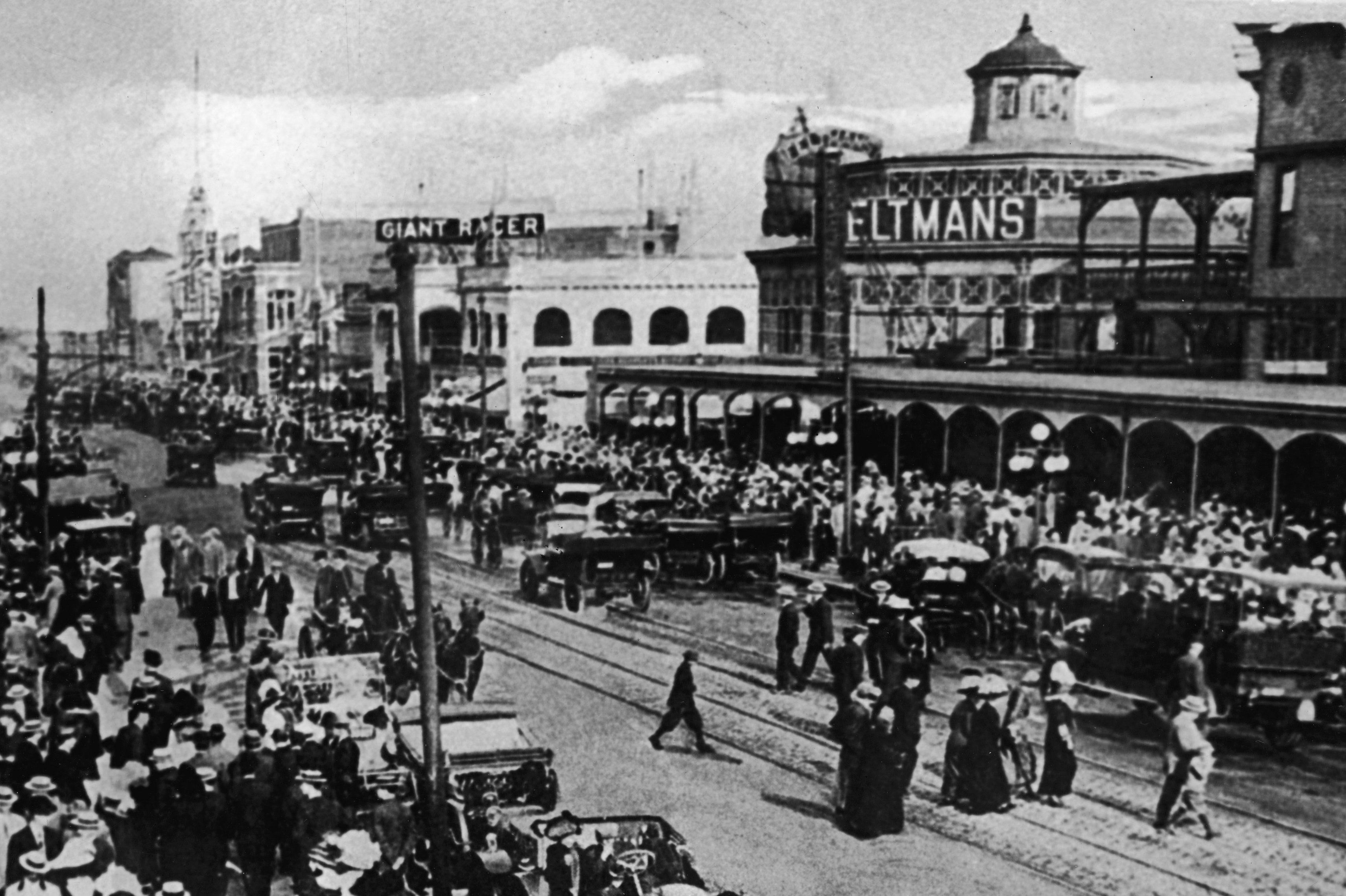
Though Feltman’s was eventually surpassed in popularity by Nathan’s and closed in 1954, the love affair its founder (who died in 1910) kindled between America and the hot dog burns stronger than ever, with Americans now consuming an estimated 20 billion dogs a year, according to the National Hot Dog and Sausage Council.
And now, thanks to Brooklyn brothers Michael and Joe Quinn, some of those hot dogs are once again being supplied by Feltman’s of Coney Island.
Michael, a former NYC high school teacher with a passion for Coney Island’s history, and Joe, a West Point graduate who served two tours in Iraq and one in Afghanistan, brought back Feltman’s five years ago and have been rebuilding the brand and the business ever since.
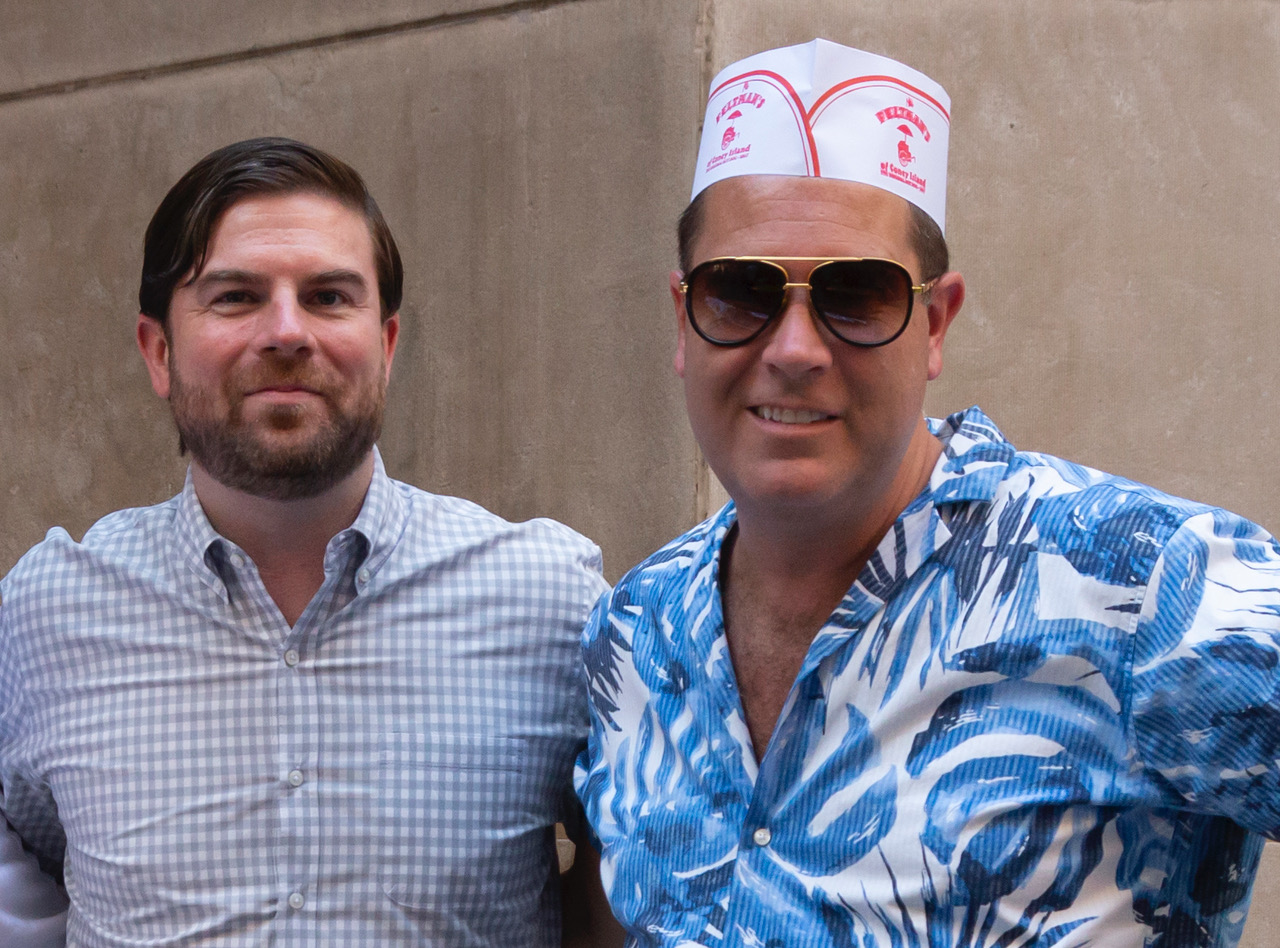
Growing up adjacent to Coney Island on the border of Sheepshead Bay and Marine Park, 44-year-old Michael and 40-year-old Joe had a middle brother named Jimmy who worked at One World Trade Center and was killed in the terrorist attacks of 9/11 at the age of 23. The three brothers had always wanted to open a business together, and Joe and Michael’s decision to resurrect Feltman’s was at least partially a way of honoring the dream they shared with their late brother.
“The three of us wanted to start a business together,” Michael tells InsideHook. “Basically, this is one of the businesses that was floating in my mind. After losing Jimmy, it was just Joe and I getting together and doing this in memory of him. Also, I’m a Coney Island historian and I always wanted to bring a part of Coney Island history back. It’s a lot easier to bring back the world’s first hot dog than the world’s first roller coaster amusement park.”
As kids, the Quinns would go to neighborhood institutions like L&B Spumoni Gardens, Jay & Lloyd’s Kosher Deli and Brennan & Carr (where Michael and Jimmy both worked in the ’90s). And, of course, there were trips to the original Nathan’s, back when the restaurant actually had a dining room with waiter service. During those trips, Feltman’s was a frequent topic of conversation.
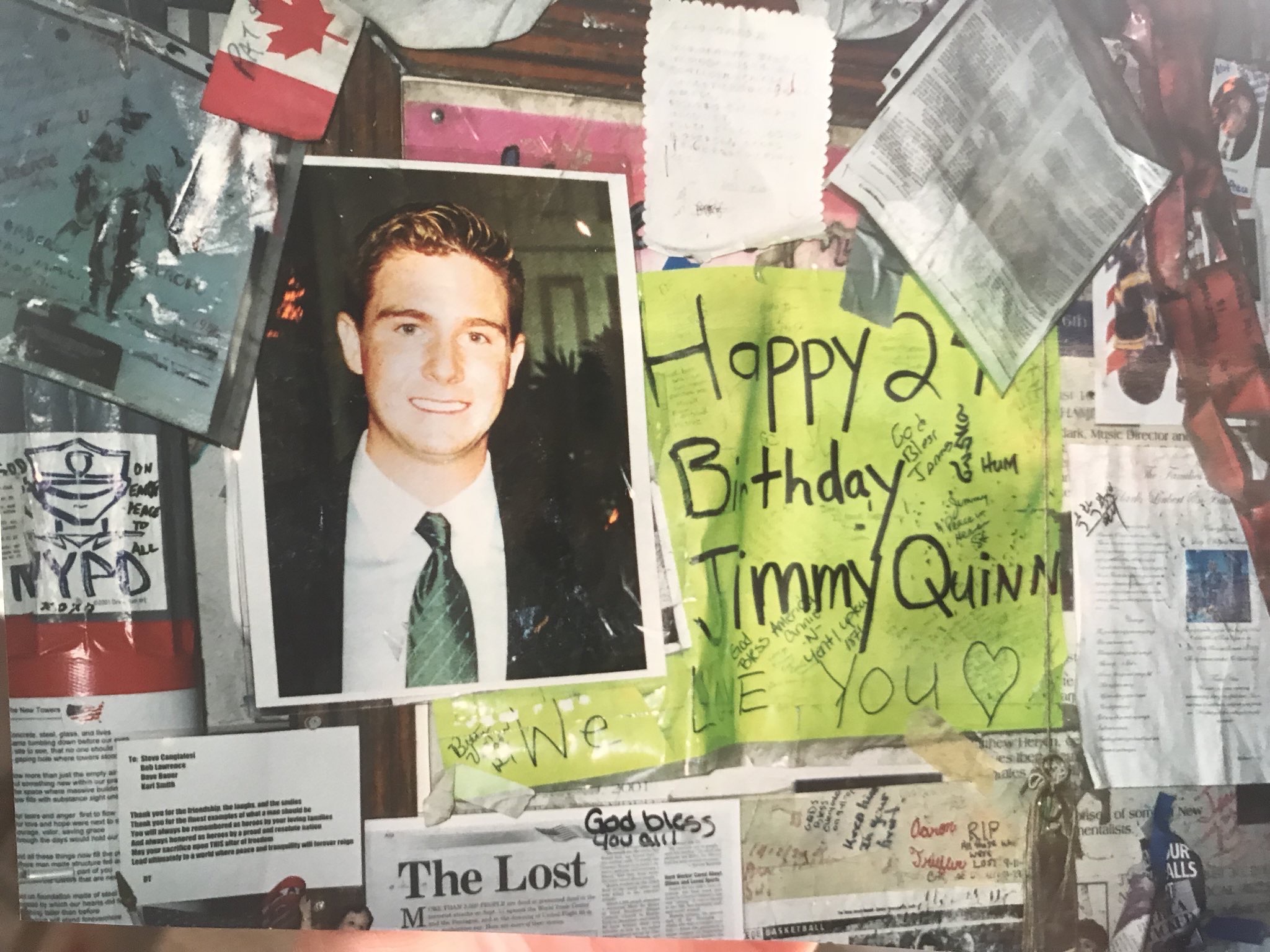
“Whether it was uncles, aunts or someone else, everyone who grew up when it was still open in the ’40s and early ’50s would just rave about Feltman’s all the time,” Joe says. “Those stories always were embedded in our brains. Nothing was like the Feltman’s hot dog. I think that was sort of encoded in our DNA from a young age.”
The Quinn brothers also had another connection to Feltman’s courtesy of their grandfather, a truck driver who drove for the American Can Company and happened to have a friend who worked for the hot dog company during its Brooklyn Navy Yard days. According to the brothers, that friend shared Feltman’s old-world spice blend with their grandfather, who then shared it with Michael. That recipe came in quite handy when the brothers were perfecting the dog they wanted to use to revive Feltman’s years later.
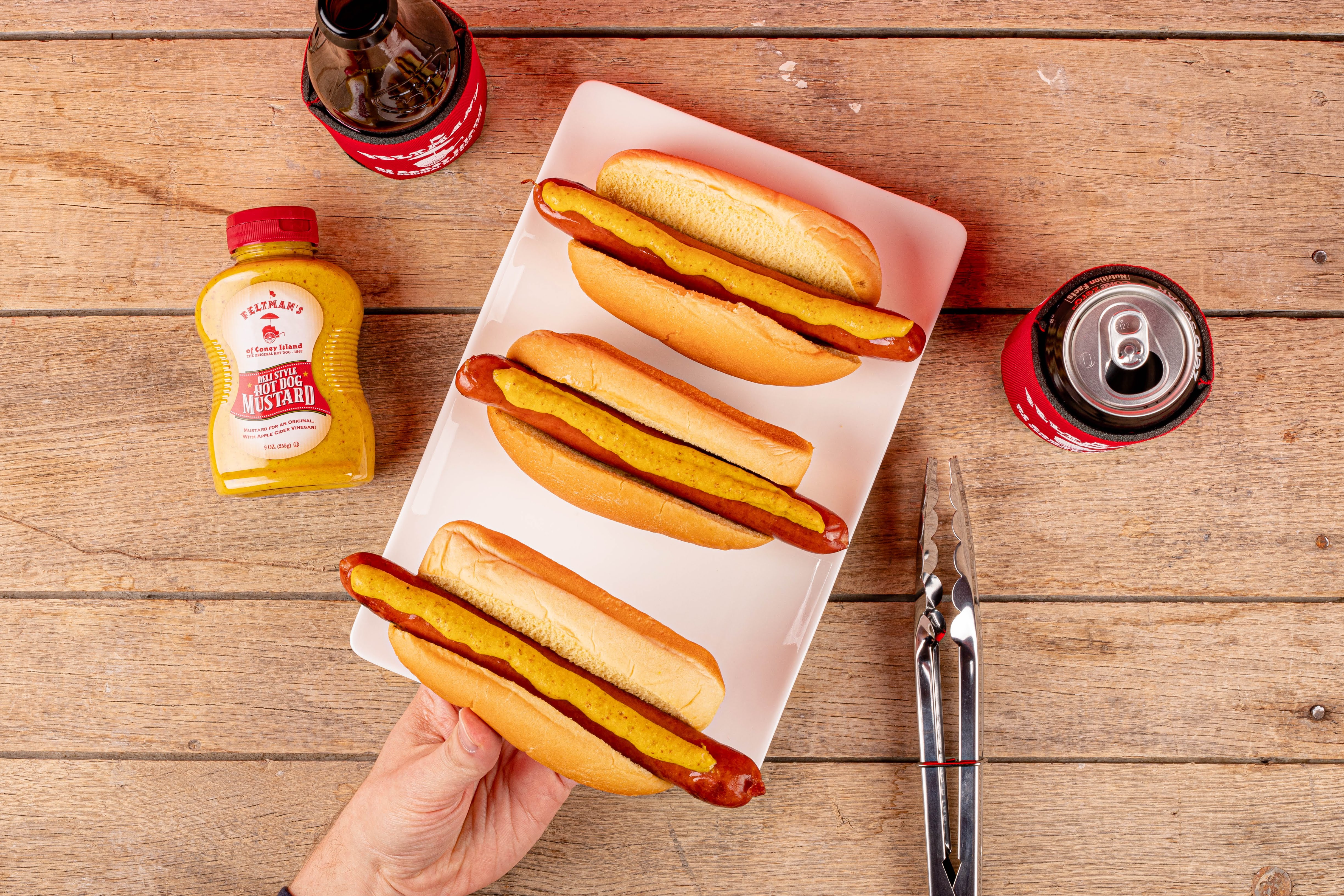
“It wasn’t necessarily a recipe, it was basically a spice blend,” Michael says. “I recalled the way he described it and also what he said about going to Feltman’s, the natural casing, the smoking, the sides, all that other stuff. I basically was able to recall it all to create the current Feltman’s hot dog.”
The recreated dog is a 100-percent natural all-beef offering that’s smoked in snappy lamb casing and made with no artificial nitrates or ingredients.
“Basically, the hot dog was a sausage from the native area of Frankfurt,” Michael says. “Then it became Americanized during mass production and that’s when they started to add all the nitrates and hydrolyzed corn protein and all that other stuff. We took all that out and just went back to what the hot dog was before mass production.”
Though the brothers started out selling their hot dogs at pop-ups and two brick-and-mortar Feltman’s locations in Coney Island, they’ve since pivoted the business and now primarily sell their hot dogs at restaurants in New York and Los Angeles, in more than 2,000 supermarkets nationwide and via the Feltman’s of Coney Island website.
Sales have always been steady, but this year, Feltman’s hot dogs really started selling like hotcakes heading into the summer thanks to the pandemic.
“It was like July in March. Every year for the last five years, Mike and I saw greater and greater sales geared toward summer and the Fourth of July,” Joe says. “It hasn’t stopped. If anything, it’s increased. It’s been like we’ve never seen or could have expected. It hasn’t plateaued at all.”
Though the rise in sales is at least partially due to people cooking at home more, the brothers believe the bump can also be tied to the word getting out about their product and a decision to shift their focus to retail sales.
“We’re so, so lucky we made that decision,” Michael says. “I liken it to that moment in time at the advent of e-commerce in 1998 when Jeff Bezos decided to go and run with books instead of paperclips or something. It’s that one decision you make and then how you’re going to deliver it. We did it because the packaged hot dog was something we created a demand for.”
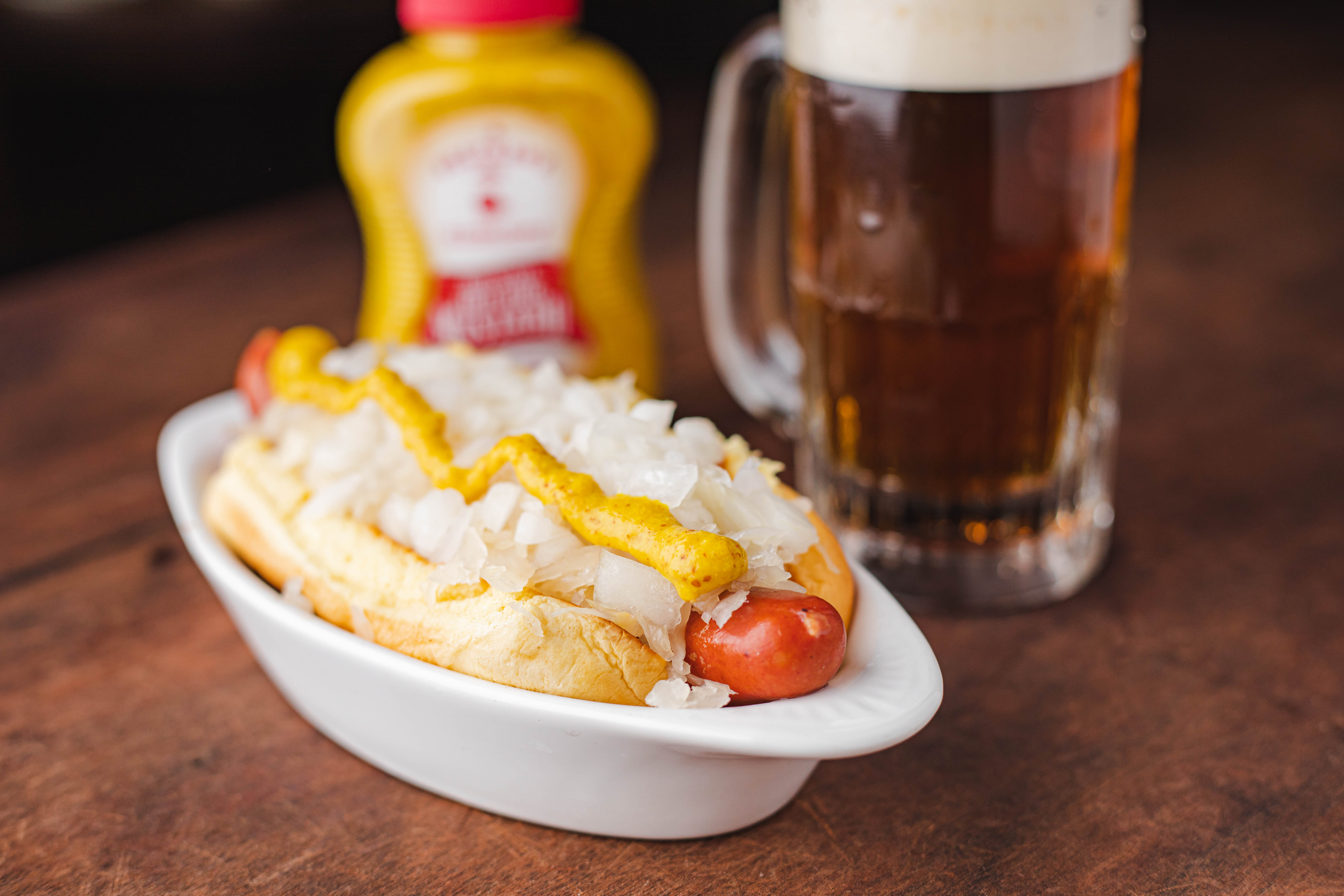
Even if that demand slows down, the Quinns have no intention to.
“Mike and I made a pact in honor of our brother Jimmy and that’s held true,” Joe says. “We’re not going to stop doing this. I think that’s our competitive advantage now as we’re growing. There are companies that will have better resources and more money, but we’re not going to stop and people need to understand that. We’re not going to stop selling hot dogs.”
If they’re lucky, the Quinns will wind up with a success story that will rival the one Feltman began on a beach in South Brooklyn in 1867.
“Here’s a guy who went from selling pies on the beach to inventing and making a million dollars off the hot dog,” Michael says. “What’s more American than that?”
Join America's Fastest Growing Spirits Newsletter THE SPILL. Unlock all the reviews, recipes and revelry — and get 15% off award-winning La Tierra de Acre Mezcal.
